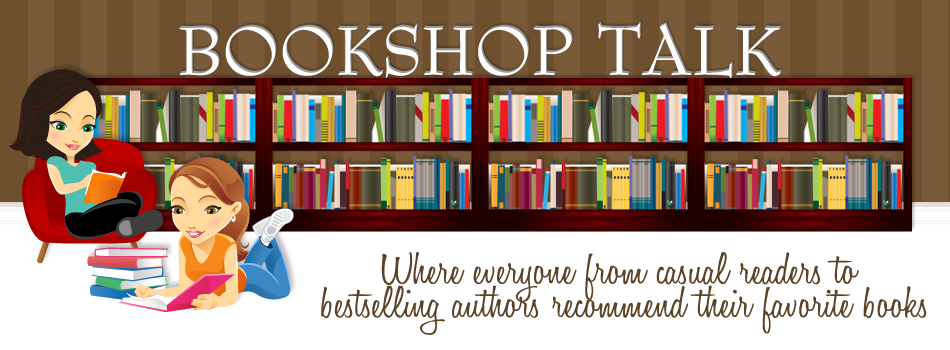Have you ever wanted to
captivate readers with a great opening, create spectacular and
fantastical creatures, make up an entire country, realize a dastardly
villain, write an epic love story, or make your characters leap off the
page? If you answered yes to any of these questions, Gail Carson Levine
can help you achieve your goals. (Goodreads)
Reviewed by Julie, Children's lit enthusiast and pop culture geek
Reviewed by Julie, Children's lit enthusiast and pop culture geek
Gail Carson Levine's WRITER TO WRITER is a fascinating and useful guide for writers of all ages. Particularly useful for writers of children's or YA works, "Writer to Writer" is divided into chapters dedicated to the burning questions authors have regarding how to craft their own works. Can't figure out how to make your main character jump alive from the page? Do you start your writing strong, then venture into a foggy and uncertain end? Are you simply not sure where to begin? "Writer to Writer," a companion to Levine's previous guide "Writing Magic," can help to answer these questions and many more.
As a part-time teacher of writing (and, of course, children's literature enthusiast), I really enjoyed reading about Levine's own process and insight into writing and publishing. Her advice is practical, clear, and insightful--as well as fun to read, due to her humor and easygoing writer's voice. She approaches example works (including her own) with a helpful analytical approach that emphasizes the importance of reading, writing, and critiquing in order to become a better writer. Ultimately, Levine strives to prepare writers for an audience, the exciting and scary real people who might one day read your work and post about it on a blog like Bookshop Talk.
That all sounds very dry (maybe it's the teacher in me), so on to the fun parts: Levine provides several examples of writing that will inspire you to read and write. Further, she includes tons and tons of writing prompts throughout each chapter that will make you want to stop and create. She even ventures into the subjects of poetry and blogging as outlets of self-expression. Her advice at the end of every chapter is the same: "Have fun, and save what you write!" Here, she emphasizes that, while writing can be a serious craft and career, it is also a really fun activity, and her own sense of fun and playfulness permeates the work.
This guide is meant to encourage and inspire writers everywhere, and it is the perfect read for anyone who is interested in writing for middle-grade or young adult readers. Once you read it, check out Levine's personal blog for more: www.gailcarsonlevine.blogspot.com.
Market: Middle Grade or YA nonfiction "how to"--although the advice is practical for writers of all ages!
Violence: None
Language:
None
Sensuality:
None
Adult Themes: None,
although considers both the analytical and business sides of writing as a craft

























